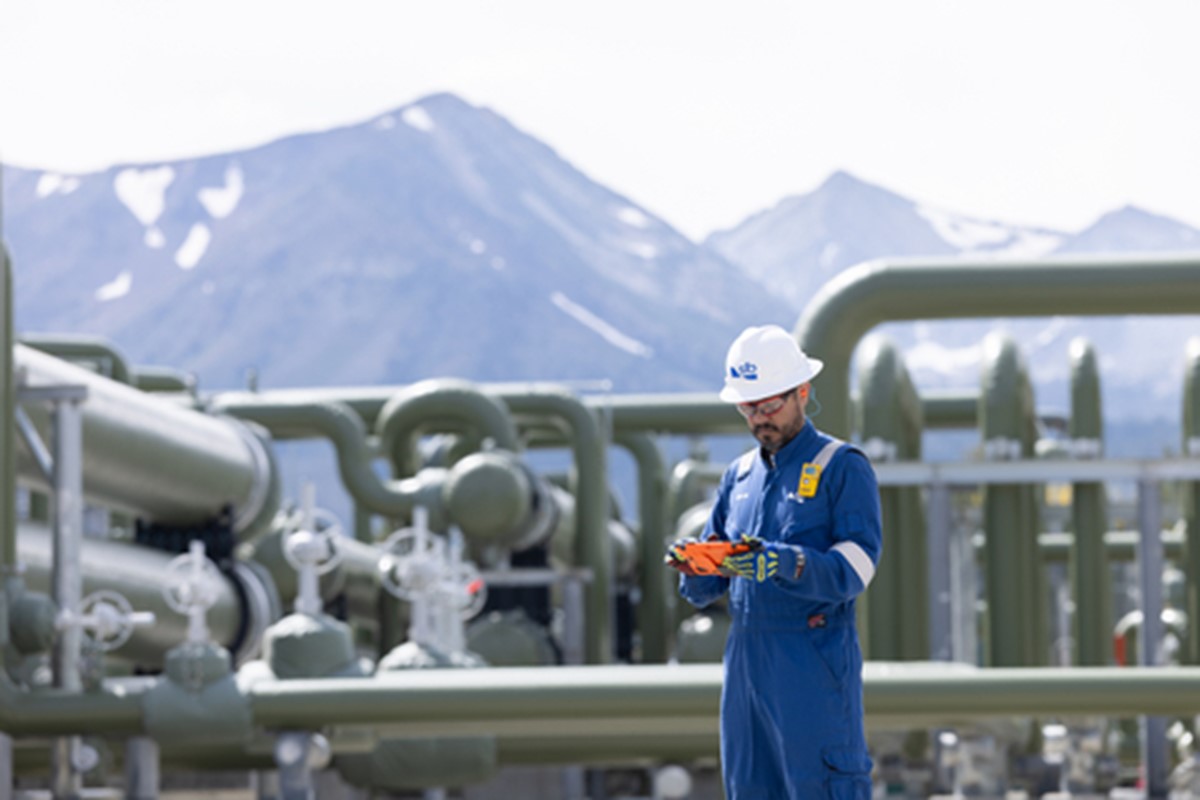Global OTEC signs new Hawaii partnership – Offshore-Energy.biz

Strategic Partnership to Advance Ocean Thermal Energy Conversion in Support of Sustainable Development Goals
Executive Summary
A Memorandum of Understanding (MoU) has been established between UK-based Global OTEC and US-based Makai Ocean Engineering. This collaboration is focused on integrating advanced heat exchanger technology into a modular Ocean Thermal Energy Conversion (OTEC) system. The initiative directly supports the achievement of several United Nations Sustainable Development Goals (SDGs), particularly those concerning clean energy, industry innovation, and climate action.
Collaboration Details and Technological Integration
The primary objective of the agreement is to incorporate Makai’s Thin Foil Heat Exchanger (TFHX) technology into Global OTEC’s modular offshore power units, which are designed to generate clean, baseload electricity in tropical regions.
- Global OTEC: A UK-based company developing modular, floating OTEC Power Modules designed for scalability.
- Makai Ocean Engineering: A Hawaii-based firm with over 40 years of experience in OTEC research and development, including the operation of a grid-connected OTEC demonstration plant.
Innovation for Commercial Viability and Sustainability
This partnership directly addresses the high capital costs that have historically challenged the commercialization of OTEC. The integration of innovative technologies is a key step toward making OTEC an economically viable energy source, aligning with SDG 9.
Makai’s TFHX Technology
The TFHX system was developed to reduce costs while enhancing performance in demanding marine environments. Its key benefits include:
- Lower capital costs by utilizing compact geometries and alternative corrosion-resistant materials instead of large, expensive titanium exchangers.
- High thermal efficiency and durability.
- Inherent resistance to biofouling.
Global OTEC’s Modular Approach
Global OTEC’s strategy focuses on reducing the size and cost of OTEC installations through:
- Modular, floating units designed to scale up to 500 kW each.
- A streamlined approach to component sourcing and assembly.
Alignment with Sustainable Development Goals (SDGs)
This strategic alliance makes a direct and significant contribution to the global sustainability agenda through its focus on deploying a clean and reliable energy source.
- SDG 7: Affordable and Clean Energy
- The project is engineered to provide continuous, 24/7 baseload renewable power, enhancing energy security and reliability.
- By focusing on cost reduction, the partnership aims to make clean energy more affordable and accessible, particularly for Small Island Developing States (SIDS) and other tropical regions.
- SDG 9: Industry, Innovation, and Infrastructure
- The integration of TFHX technology into a modular system represents a critical innovation in the marine renewable energy sector.
- The development of scalable OTEC systems contributes to building resilient and sustainable energy infrastructure for the future.
- SDG 13: Climate Action
- As a zero-emission power source, OTEC directly contributes to climate change mitigation by providing an alternative to fossil fuel-based energy generation.
- SDG 17: Partnerships for the Goals
- The MoU is a clear example of a cross-border partnership (UK-USA) designed to advance and diffuse environmentally sound technologies.
- Prospective deployments, such as the planned collaboration in Barbados, exemplify the model of technology transfer to support developing nations.
Strategic Outlook and Global Impact
The collaboration is poised to accelerate the commercial viability of OTEC, creating a scalable path for its deployment. A previous MoU signed between Global OTEC and the Barbados Investment & Development Corporation underscores the strategic focus on applying this technology to enhance the energy independence and climate resilience of SIDS, which are disproportionately affected by climate change and reliant on imported fossil fuels.
Analysis of Sustainable Development Goals (SDGs) in the Article
1. Which SDGs are addressed or connected to the issues highlighted in the article?
- SDG 7: Affordable and Clean Energy – The article’s central theme is the development and deployment of Ocean Thermal Energy Conversion (OTEC) technology, a source of clean, renewable, baseload electricity.
- SDG 9: Industry, Innovation, and Infrastructure – The text focuses on technological innovation, such as the Thin Foil Heat Exchanger (TFHX), and the creation of modular, scalable energy infrastructure to make OTEC commercially viable.
- SDG 13: Climate Action – By promoting a clean energy source, the OTEC technology described directly contributes to mitigating climate change by providing an alternative to fossil fuel-based power generation.
- SDG 14: Life Below Water – The technology utilizes a marine resource (the ocean’s thermal gradient) for energy. The article mentions the technology is designed for “demanding marine environments,” and its deployment in Barbados represents the sustainable use of ocean resources for economic benefit.
- SDG 17: Partnerships for the Goals – The article explicitly details partnerships, including a Memorandum of Understanding (MoU) between a UK-based company (Global OTEC) and a US-based one (Makai), and another MoU with the Barbados Investment & Development Corporation, showcasing international and public-private collaboration.
2. What specific targets under those SDGs can be identified based on the article’s content?
- Target 7.2: By 2030, increase substantially the share of renewable energy in the global energy mix.
- The article discusses the development of OTEC to provide “clean baseload electricity year-round,” which directly supports increasing the share of renewable energy.
- Target 7.a: By 2030, enhance international cooperation to facilitate access to clean energy research and technology… and promote investment in energy infrastructure and clean energy technology.
- The MoU between UK-based Global OTEC and US-based Makai to share and integrate technology, as well as the collaboration with Barbados for deployment, are clear examples of this target in action.
- Target 9.4: By 2030, upgrade infrastructure and retrofit industries to make them sustainable, with increased resource-use efficiency and greater adoption of clean and environmentally sound technologies.
- The development of the TFHX system to lower capital costs and the modular design of the OTEC power unit are innovations aimed at making clean energy technology more efficient and commercially viable.
- Target 9.5: Enhance scientific research, upgrade the technological capabilities of industrial sectors in all countries… encouraging innovation.
- The article highlights over “40 years” of R&D by Makai and the “decades of innovation” being brought together to advance OTEC toward “commercial viability,” which is the essence of this target.
- Target 14.7: By 2030, increase the economic benefits to Small Island developing States… from the sustainable use of marine resources.
- The plan to deploy OTEC systems in Barbados, a Small Island Developing State, aims to provide a key economic benefit (electricity) through the sustainable use of a marine resource (ocean thermal gradient).
- Target 17.6: Enhance North-South, South-South and triangular regional and international cooperation on and access to science, technology and innovation.
- The partnership between companies from the UK and the US to deploy technology in a Caribbean nation (Barbados) is a direct example of international cooperation on technology and innovation.
3. Are there any indicators mentioned or implied in the article that can be used to measure progress towards the identified targets?
- Power Generation Capacity: The article mentions the floating module is designed to “scale up to 500 kW per unit.” The number of units deployed and their total power output would be a direct indicator of progress in generating clean energy (SDG 7).
- Commercial Viability and Cost Reduction: The development of the TFHX was specifically to “address the high capital costs” of OTEC. The reduction in cost per kilowatt-hour and the achievement of “commercial viability” are key implied indicators for innovation and sustainability (SDG 9).
- International Agreements: The article explicitly mentions the signing of a “memorandum of understanding (MoU)” between Global OTEC, Makai, and the Barbados Investment & Development Corporation. The number and scope of such agreements serve as an indicator for international partnerships (SDG 17).
- Deployment in Developing States: The specific mention of collaborating on the “deployment of OTEC systems in Barbados” is an indicator of technology transfer and increasing economic benefits for Small Island Developing States (SDG 14).
4. Summary Table of SDGs, Targets, and Indicators
| SDGs | Targets | Indicators Identified in the Article |
|---|---|---|
| SDG 7: Affordable and Clean Energy | 7.2: Increase the share of renewable energy. 7.a: Enhance international cooperation and access to clean energy technology. |
– Generation of “clean baseload electricity.” – Power capacity of “500 kW per unit.” – International MoUs for technology integration. |
| SDG 9: Industry, Innovation, and Infrastructure | 9.4: Upgrade infrastructure with clean and sustainable technologies. 9.5: Enhance scientific research and innovation. |
– Development of innovative TFHX to lower costs. – Creation of a “modern, modular vision for deployment.” – Mention of “40 years” of R&D and ongoing innovation. |
| SDG 13: Climate Action | 13.2: Integrate climate change measures into national policies and planning. | – Deployment of OTEC as a clean energy alternative to fossil fuels. – Collaboration with Barbados for deployment implies integration into national energy strategy. |
| SDG 14: Life Below Water | 14.7: Increase economic benefits to Small Island Developing States from the sustainable use of marine resources. | – Deployment of OTEC systems in Barbados (a SIDS). – Use of ocean thermal gradient as a sustainable marine resource for energy. |
| SDG 17: Partnerships for the Goals | 17.6: Enhance international cooperation on science, technology, and innovation. | – MoU between UK-based Global OTEC and US-based Makai. – MoU between Global OTEC and the Barbados Investment & Development Corporation. |
Source: offshore-energy.biz

What is Your Reaction?
 Like
0
Like
0
 Dislike
0
Dislike
0
 Love
0
Love
0
 Funny
0
Funny
0
 Angry
0
Angry
0
 Sad
0
Sad
0
 Wow
0
Wow
0









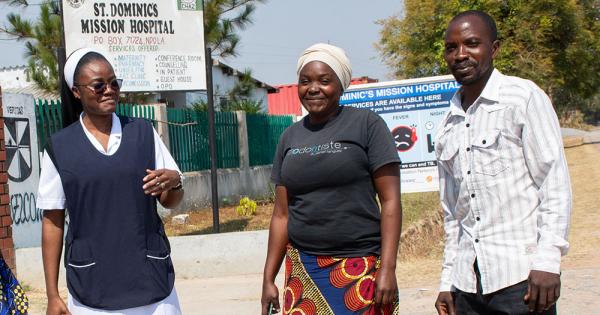


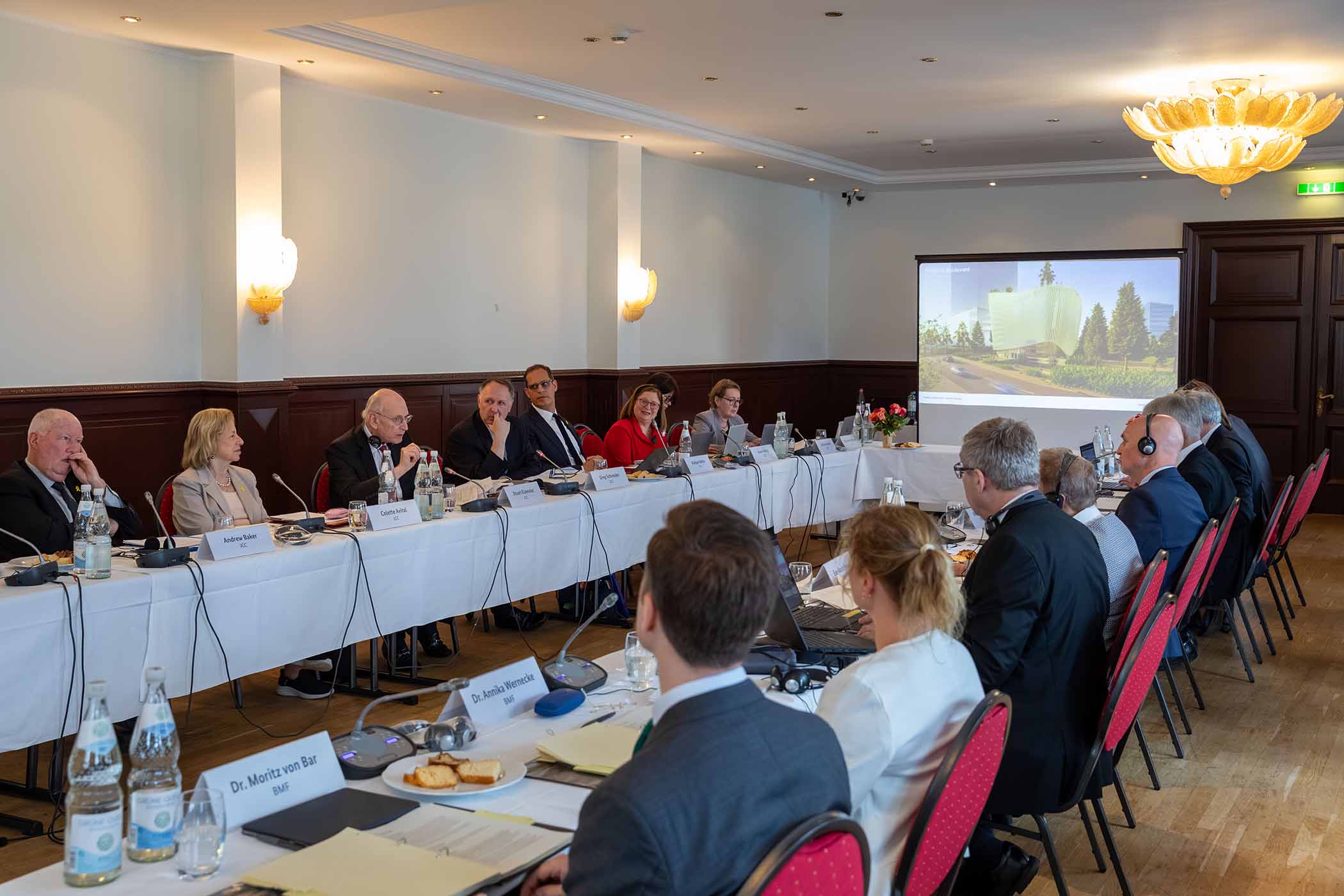
















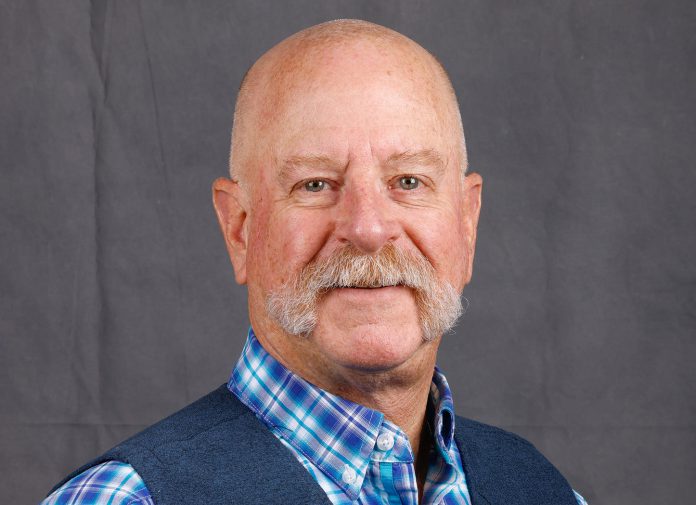








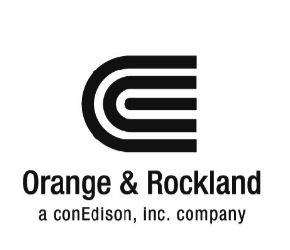




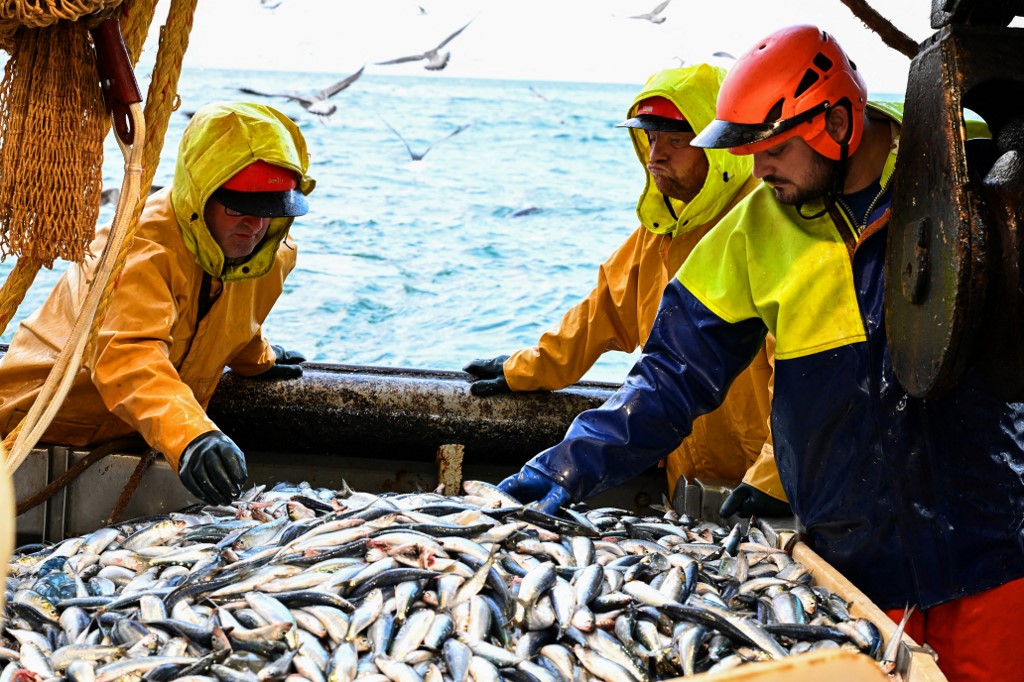












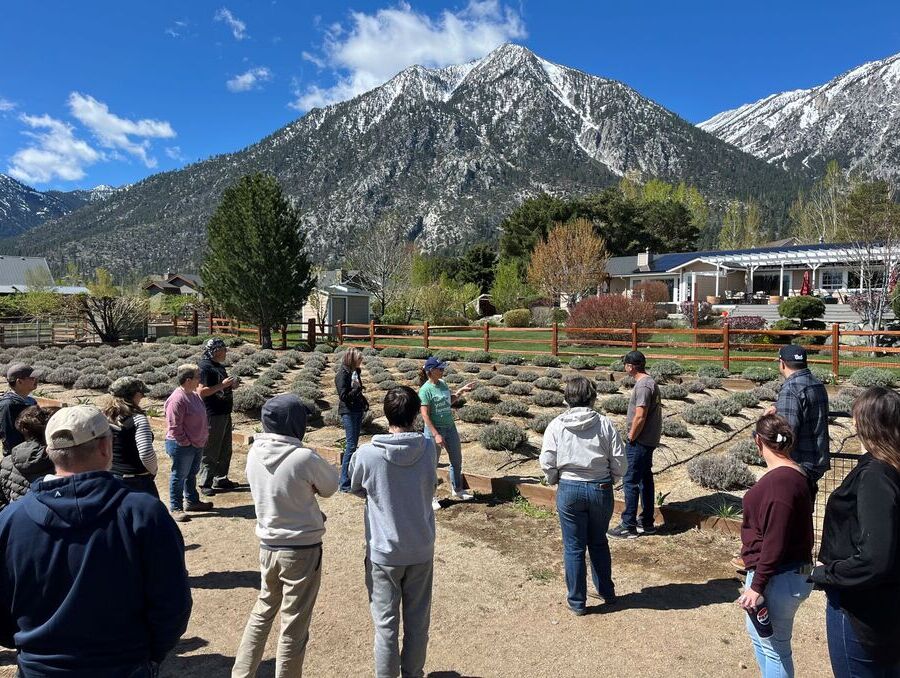





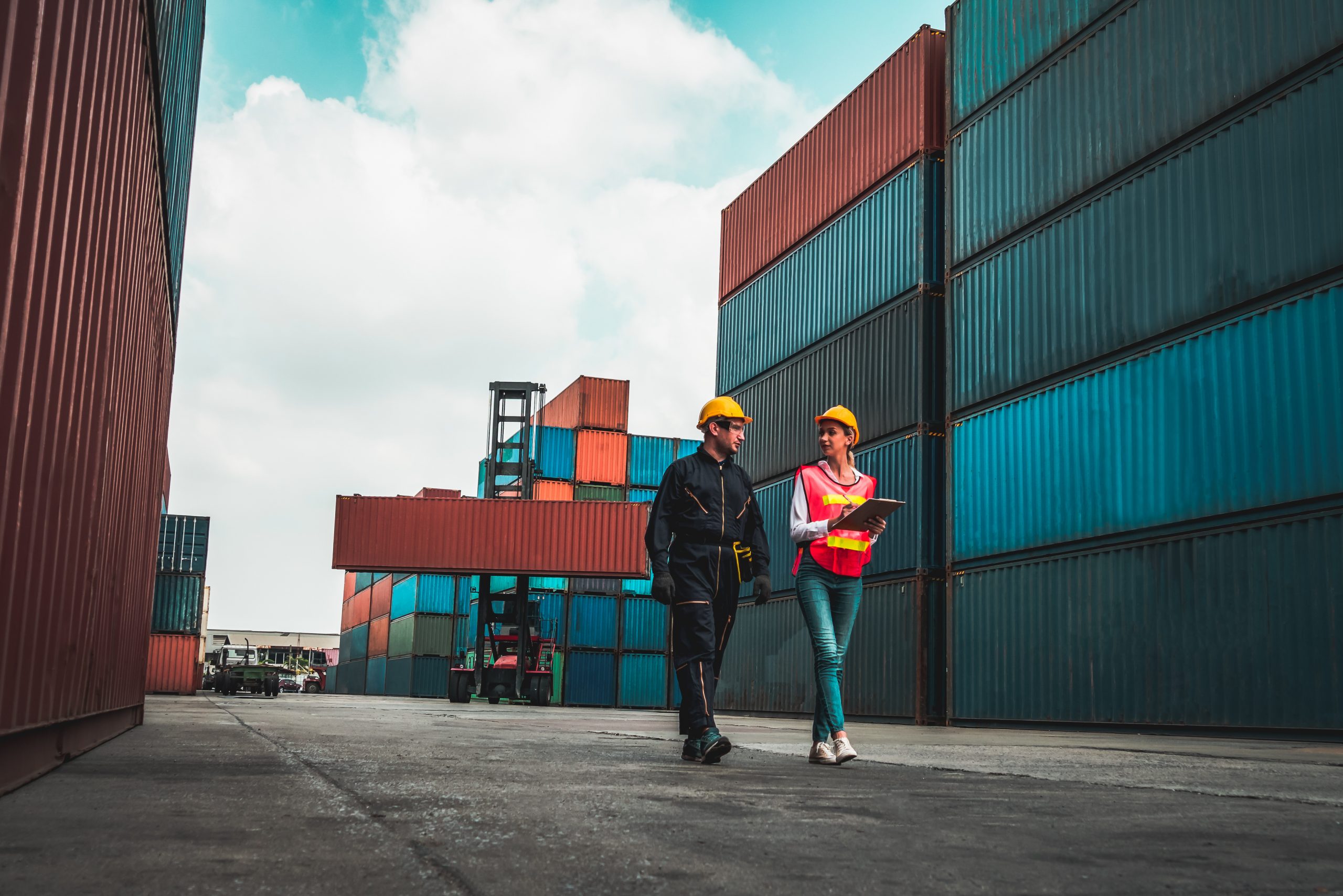
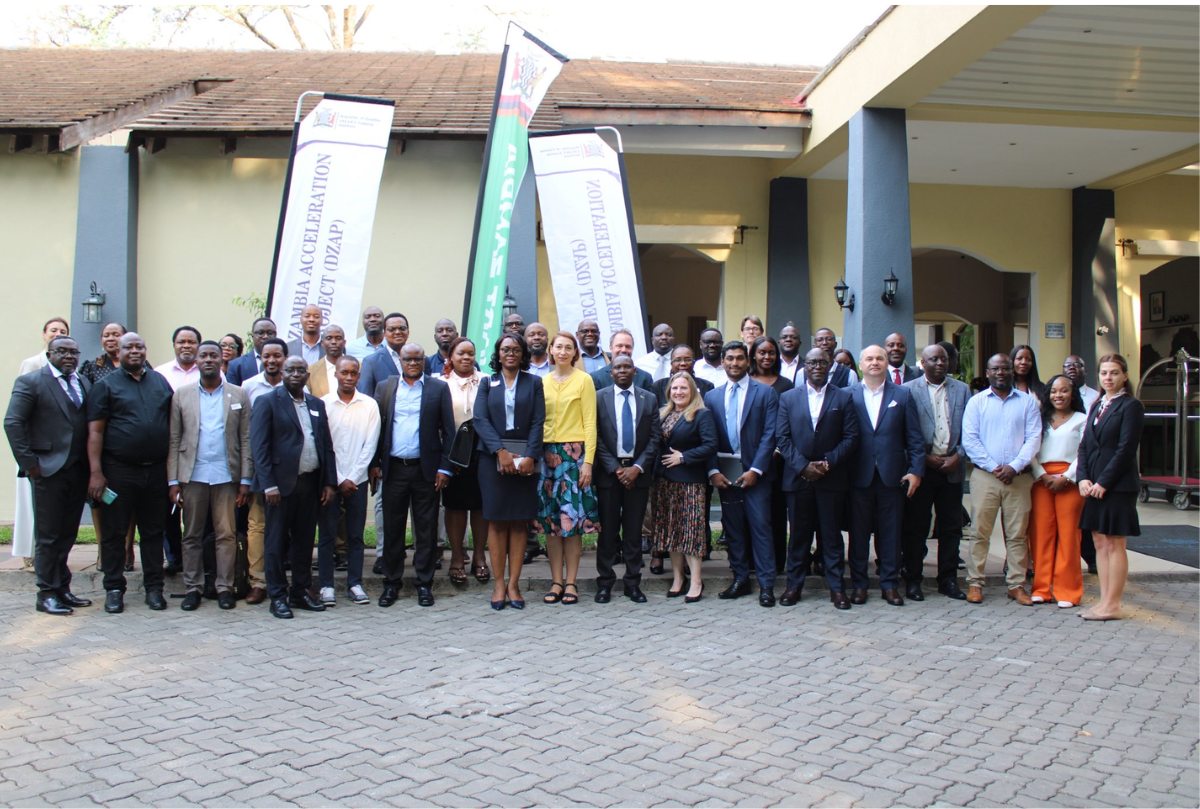





![China’s photovoltaic cell exports reached 10.38GW in September as third-quarter surge subsided [ SMM Analysis] – Shanghai Metals Market](https://imgqn.smm.cn/production/admin/news/en/pic/XTwWi20251028115805.png?#)
